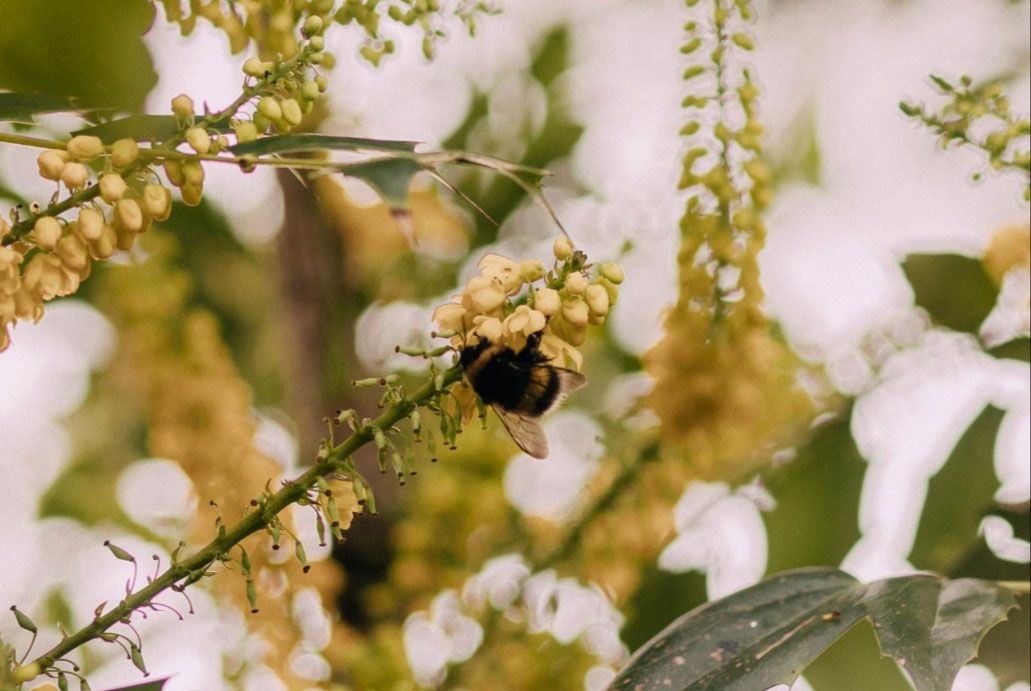Hydrangeas, they’re the staple of so many late summer gardens and a group of shrubs I wouldn’t be without. The variety, colour selection and shapes fascinate me and most meet 2 of my 3 criteria in being a fantastic cut flower and a brilliant food source for our pollinators. For ease I’m going to split them into 2 groups, The paniculata’s and the Mopheads.
[caption id="attachment_3499" align="alignleft" width="200"] Hydrangea september 2020[/caption]
The paniculata’s flower on new wood so can be cut back hard in spring giving you long straight stems with huge flower heads, they can grow quite large but are easy to keep to a desired height because of this. Paniculata ‘Limelight and the lacy ‘Unique are 2 beautiful varieties that I would highly recommend and are easy to maintain suiting a semi shaded position, although will happily grow in full sun too.
While the mopheads flower on the previous years growth so if you’re cutting back only go to the first or second set of double buds otherwise, you’re cutting off next years flower. Larger more mature shrubs will benefit from thinning out weaker crossing stems and it really pays of to go deep into the plant as close to the base as you can. ‘Ayesha’ is a stunning variety which looks like small trusses of Lilacs. I can’t recommend this variety enough, for it’s changing colour over the season to the long-lasting flowers in a vase but for me it’s the beautiful shape and texture of the flower heads and My pollinators LOVE it!
[caption id="attachment_3497" align="alignright" width="300"] Hydrangea September 2020 with hover fly[/caption]
I don’t deadhead or tidy up until late spring for a few reasons, mainly because the spent flowers give shelter to a wide range of insects which emerge safely in spring to act as a natural predator. It’s symbiotic, I provide them with shelter, and they provide me with pest control.
The garden can begin to look a little tired by now but there are still plants worth investing in to give a great show next autumn like Sedums and Michaelmas daisy. Both of these flower late in the season and if you give some of the Chelsea chop you can extend this well into October. It’s called the Chelsea chop because around the time of the flower show is the best time to do this and as a bonus all the trimmings can be potted up and used to create new plants thus increasing your crops. Win Win!
[caption id="attachment_3504" align="alignleft" width="200"] Hydrangea and Anemones[/caption]
A garden evolves, you’re always planning ahead but that’s part of the fun too.
Our next open day on the 27th of September will be much more plant focused with recommendations on getting your garden ready for winter, what to plant to support our pollinators to ensure a beautiful garden for you and food for them.
They’ve been busy this year and we have surplus seed left over so as a thank you we will be putting a mixed selection in with every bouquet ordered so you can have a little bit of Bumblebee magic in your own garden.
If there are any voluntary groups that possibly work with disadvantaged children or other such groups that could benefit from our seeds then please do get in touch, we’d be only to delighted to help by giving some of our seed to help you.
We have a selection of short videos on seed saving and deadheading on our YouTube channel which may be of help, I know for me seeing something always makes things clearer. We do add regularly and if there is anything specific, you’d like to know then please do get in touch.
Until next time
Bee Kind Mags xx



